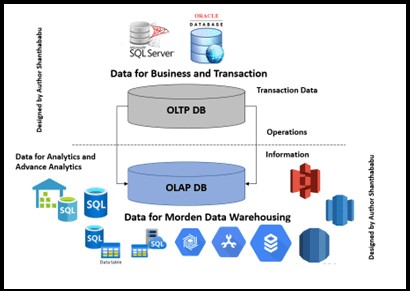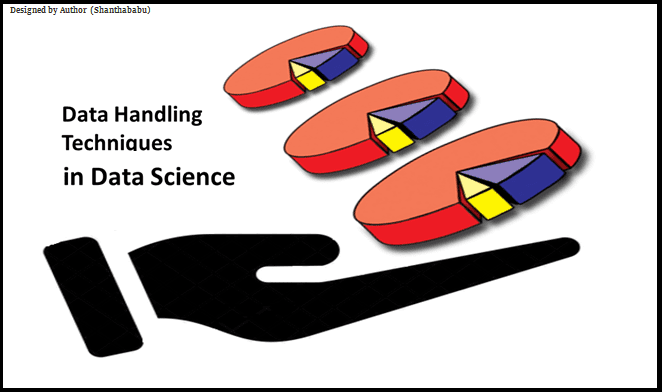How Do Companies Use Artificial Intelligence?
By now, AI-based tools have totally changed the way companies operate across all industries. The use of AI in them to streamline operations, make informed… Read More »How Do Companies Use Artificial Intelligence?









